Andrew Roberts
When the base of Trumpington’s medieval village cross was uncovered in 1921, it was realised it was dedicated to John and Agnes Stokton who had lived in Trumpington in the 15th century. This paper describes the discovery and what we know about the Stokton’s, based on a presentation given at a Group meeting on 22 November 2012.
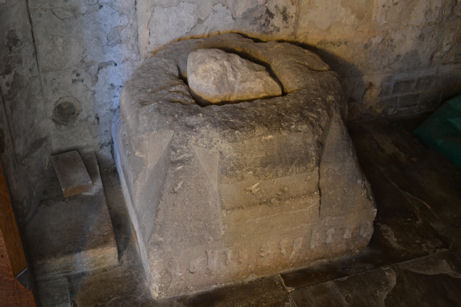
Erection of the War Memorial at Cross Hill, Trumpington, 1921
When workmen were erecting the Trumpington War Memorial on 17 August 1921, they discovered the base of the village cross. The Rev. A.C. Moule recorded the discovery of the Barnack stone base and the socket which would have held the wooden shaft of the cross, writing “the top has been much damaged by the pickaxes of road-menders, and has in recent years been partly covered with tar, so near the surface of the road was it” and “one corner of the stone has been very roughly knocked off by workmen who were laying a gas-pipe about 20 years ago”.
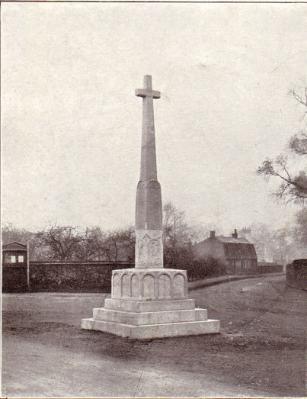
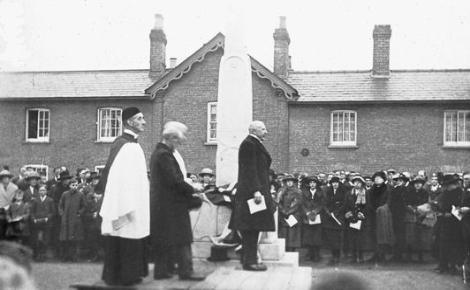
According to an Act of Parliament of 1643, village crosses should have been removed and defaced, but the base at least of the Trumpington cross must have survived. The cross may still have been in use in the late 1600s, as there is an entry in the Vestry Audit Book dated April 1691 with “And lastly wee doe order an Exact Coppy of these presents to be forthwith written out; and affixed on the publick Crosse of the Town of Trumpington”. The cross does seem to have disappeared before the early 19th century, as it was not marked on the Inclosure Map in 1804. The name ‘Cross Hill‘ seems to have survived in use, although it was not recorded on the Inclosure Map or Ordnance Survey maps until after the War Memorial was placed in the same location in 1921.
In 1921, the stone base of the cross was given to the Parish Church and can be seen at the foot of the church tower near the stairs to the organ loft. The base has an inscription on 3 faces, including the name ‘Stokton’ on the front face. The full inscription was interpreted by Rev. Moule as reading “Orate pro animab[us] Joh[ann]is Stokton et Agnetis uxoris ei[us]” [Pray for the souls of John Stokton and of Agnes his wife]. The base currently has a stone placed in its socket.
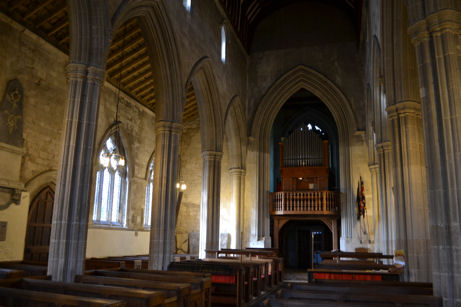
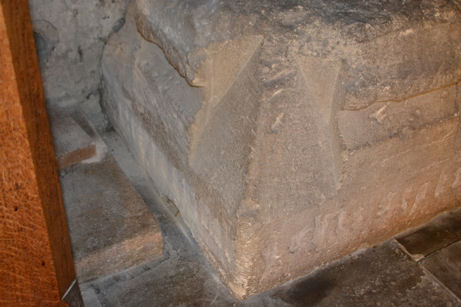
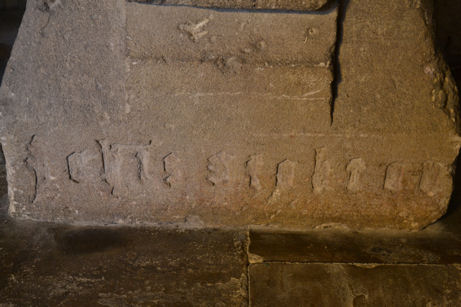

What do we know about John and Agnes Stokton?
From the inscription, it seems probable that John Stokton left money in his will for the erection of the village cross.
We know that John Stokton was alive in the 1450s, as he was referred to in the tax records for that date, there being no escape from tax even in those days. The collection of an income tax was granted by Parliament in April 1450 and the Subsidy Rolls for that tax list a number of taxpayers in Trumpington.
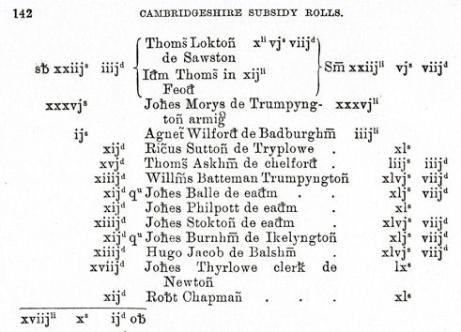
John Stokton died before 1476: a deed held by Jesus College and quoted by Rev. Moule shows that Agnes Stokton was a widow in 1476. The information in the deed indicates that John and Agnes Stokton probably lived in a house on the north west side of Church Lane (in the area now occupied by The Lord Byron pub (formerly the Unicorn pub)):
“Nouerint vniuersi per presentes nos agnetem Stokton viduam nuper vxorem Johannis Stokton de Trumpynton …”
“All men by these presents we know Stokton Agnes widow the late wife of John Stokton Trumpynton …”
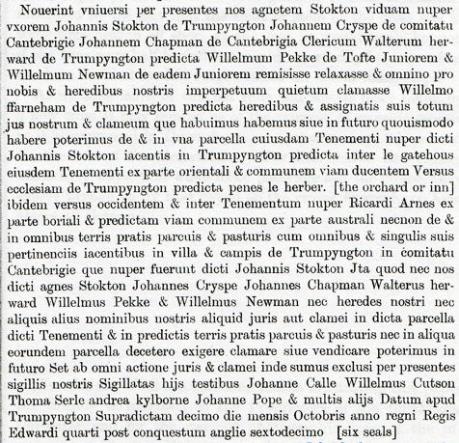
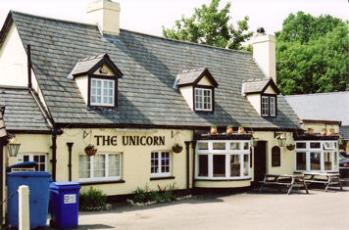
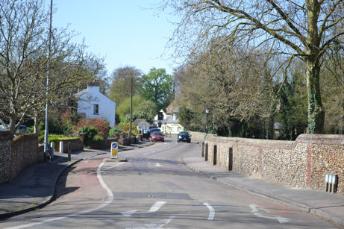
From this evidence, the cross was probably erected at the ‘Cross Hill’ location about 1480.
It seems that Stokton was a farmer, as ‘Stokton Farm’ appears in deeds, etc., in the late 1500s and early 1600s:
Grantor: Henry Clerke, alderman of Cambridge. Grantee: Edward Lucas, of London, gentleman. Place or Subject: Stokton Farm (Stocktons) in Trumpington (Terumpyngton, Trumpyngton). County: Cambs [The National Archives, C 147/339, 17 November 1586 – 16 November 1587]
“William Pychard had before his death in 1614 added to his manorial land over 250 a., including the Hatchers’ 120 a. and Stokton farm, 100 a., owned until 1599 by the Clarkes.” [Victoria County History, Trumpington]
Curiously, in the 1940s and 1950s, the four houses just west of the former church school, in what was then called Church Lane or School Lane (now Grantchester Road), were called Stockton Cottages.
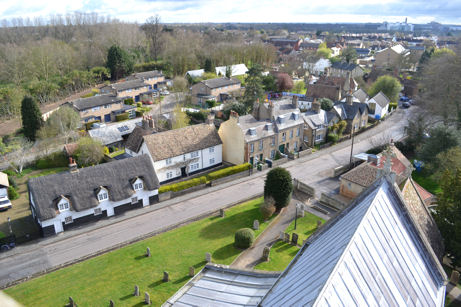
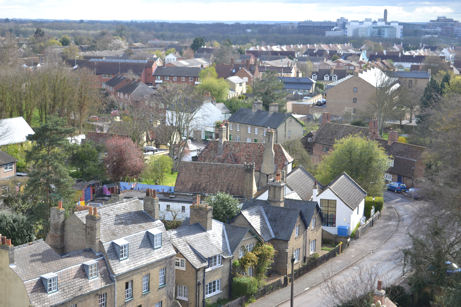
Sources
Moule, A.C. (1922). ‘Some Trumpington Inscriptions, with Special Reference to the Base of the Old Village Cross’, Proceedings of the Cambridge Antiquarian Society, 24, p. 95-109.
Palmer, William Mortlock (1912). Cambridgeshire Subsidy Rolls, 1250-1695. Reprinted from The East Anglian. Norwich: Goose & Son.